Olives - Love ‘em or Leave ‘em?

One of the things that always intrigues me when I am teaching our cooking classes are foods that people either love or hate to eat. There aren’t many foods that I dislike, and I will always try everything at least once but I feel like everyone has that one food they just do not like. It may come as no surprise to you that olives almost always make it on to the “do not like” list. People either love them or hate them, and I just don’t get it.
Personally, I love olives! I think they are the perfect little snack and pair well with so many things. There are so many different varieties out there and so much I didn’t know about them before I went down the rabbit hole of olive research. Hopefully, I will be able to convert a few of you to at least give olives a chance!
To start, did you know that olives are actually good for you? Olives are rich in vitamin E, vitamin A, and other antioxidants, which may help reduce the risk of health conditions like cancer, diabetes, stroke, osteoporosis, and heart disease.
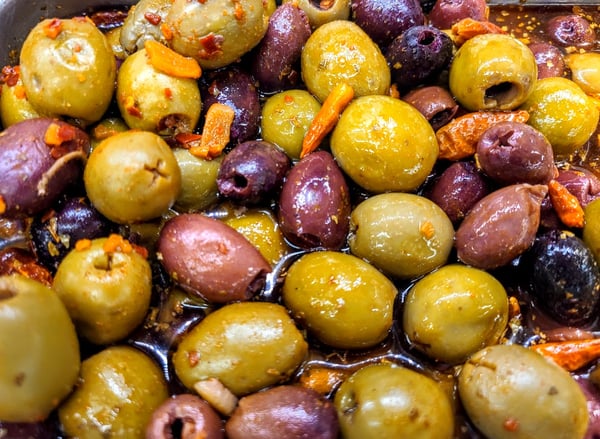 The olive is technically a drupe which is a fruit with a single large stone inside. Yes, olives are fruits, not veggies! Olives are full of the compound oleuropein, which give them an intense bitterness. Compared with other drupes (think stone fruits like peaches and cherries), olives have a low sugar content and a high oil content both of which vary depending on the time of harvest and the variety.
The olive is technically a drupe which is a fruit with a single large stone inside. Yes, olives are fruits, not veggies! Olives are full of the compound oleuropein, which give them an intense bitterness. Compared with other drupes (think stone fruits like peaches and cherries), olives have a low sugar content and a high oil content both of which vary depending on the time of harvest and the variety.
The color of an olive is an indication of its ripeness. Green olives ripen and become black olives. Or rather, they transform from green to light brown, to a vibrant red and purple, to the deepest, darkest black. In general, the darker the olive, the riper it was when it was plucked from the tree.
Green olives are usually picked at the start of the harvest season in September and October in the Northern Hemisphere. They have a firm texture and lovely, nutty flavor. Black(er) olives are picked in November and December, sometimes as late as January, and they're softer, richer and meatier.
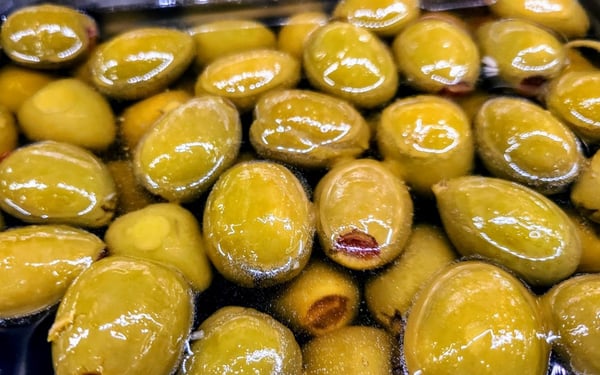 What really makes an olive an olive though, is the cure. This imparts the saltiness, tender texture and flavor in the olive. Thanks to the unappealing bitterness from the oleuropein, olives need to undergo a curing process before they're ready to eat. Trust me, they really are not palatable in their raw form.
What really makes an olive an olive though, is the cure. This imparts the saltiness, tender texture and flavor in the olive. Thanks to the unappealing bitterness from the oleuropein, olives need to undergo a curing process before they're ready to eat. Trust me, they really are not palatable in their raw form.
Olive curing is actually more like fermentation, it's the conversion of the olive's natural sugars into lactic acid. Harsh-tasting oleuropein and phenols get leached from the fruit in one of five ways.
- Brine-curing: Fully ripened, dark purple or black olives are gradually fermented in brine. This could take up to a year. Brine-cured olives are often sweet and full of depth, since the brine acts to intensify the fruit's natural flavors.
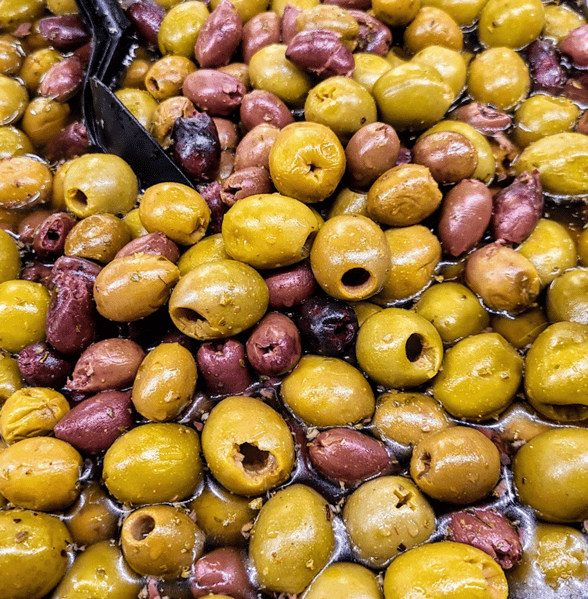
- Water-curing: This involves soaking, rinsing in plain water, and repeating this over and over. Because this method is the slowest of all, it is quite rare. Some producers begin their curing process in a water bath, and then move their olives into a seasoned brine.
- Dry-curing: These olives get packed in salt for a month or longer. The salt pulls the moisture and bitterness from the olives. The salt is then removed, and sometimes the olives get bathed in olive oil to keep them juicy and plump. Dry-cured olives have a deeply concentrated flavor, and a wrinkly, prune-like appearance. Oil-cured olives are dry-cured olives that get macerated, or softened, in oil for several months.
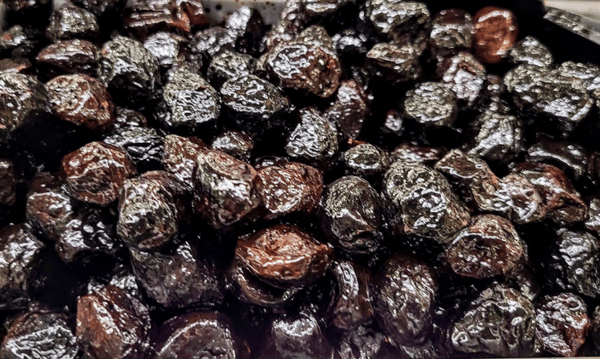
- Lye-curing: This process calls for immersing raw olives in vats of alkaline lye solution. Large commercial olive producers make use of this time and cost-effective method. Unfortunately, the fast-acting lye is also detrimental to the olive's flavor, causing a chemical aftertaste and a bland olive.
What about the famed canned "black-ripe" olive? Good question. These olives are picked green, then pumped up with oxygen to turn them black. Their shade then gets fixed with a black chemical compound called ferrous gluconate. Think of this bland variety as the Kraft Singles of the olive world.
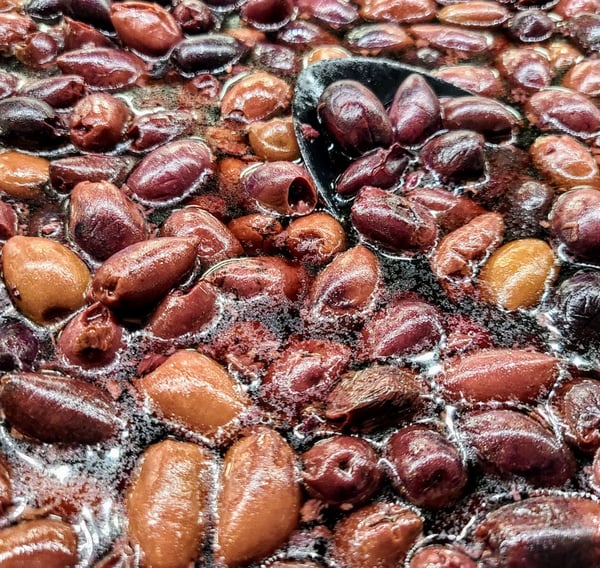 My top 5 types of olives would be:
My top 5 types of olives would be:
Kalamata: a large, dark brown olive with a smooth, meaty texture, named after the city of Kalamata in southern Peloponnese, Greece. Often used as table olives, they are usually preserved in wine vinegar or olive oil.
Castelvantrano: a Sicilian green olive famous for their green color, irresistible buttery-sweet flavor, and crisp, meaty texture and are lye cured.
Ceringola: These are one of the largest olives in the world! They mild in flavor and may be served either green or cured red or black and have been brine cured.
Niçoise: Small, dark olives grown and cured in southeastern France. They are salty and briny with a complex flavor. Very similar to the Italian taggiasca olive they are both from the Cailletier plant.
Manzanilla: Not only are Manzanilla olives the most popular type of green olive you'll find, but they're actually the most popular type of olive in the world. They are plump and meaty with a Spanish brine.
I feel like these are a good mix of different flavors and textures for the uninitiated olive taster to start with.
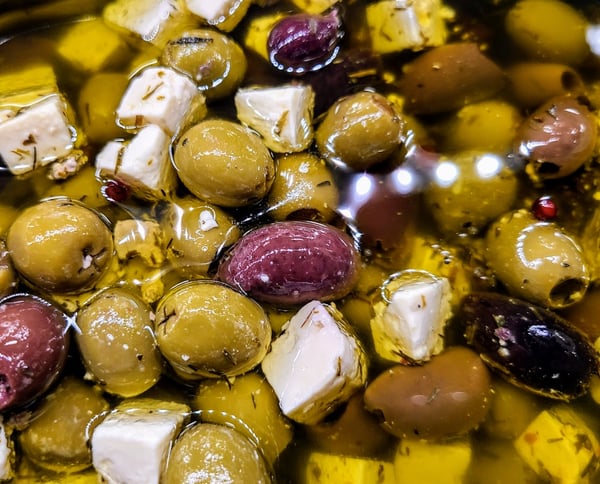 Olives are fantastically diverse and equally versatile, whether ground into spreads and tapenades, tossed into salads, simmered in stews and sauces, plopped into martinis, or eaten straight out of hand. Their sweet, sour, salty, bitter and pungent flavors are singularly complex, making them an essential tool in any home cook's arsenal.
Olives are fantastically diverse and equally versatile, whether ground into spreads and tapenades, tossed into salads, simmered in stews and sauces, plopped into martinis, or eaten straight out of hand. Their sweet, sour, salty, bitter and pungent flavors are singularly complex, making them an essential tool in any home cook's arsenal.
One of my favorite ways to use olive is making a tapenade. Basically, processing any olive with citrus, and sweet components help balance out their strong flavor. I like using this recipe on a crostini or a stuffing for proteins or even a topping on vegetables. One way to tone down the intensity of saltiness would to pair it with something creamy like baked brie or mixed in a cream sauce for pasta. This recipe is great because it can last over a week in the fridge!
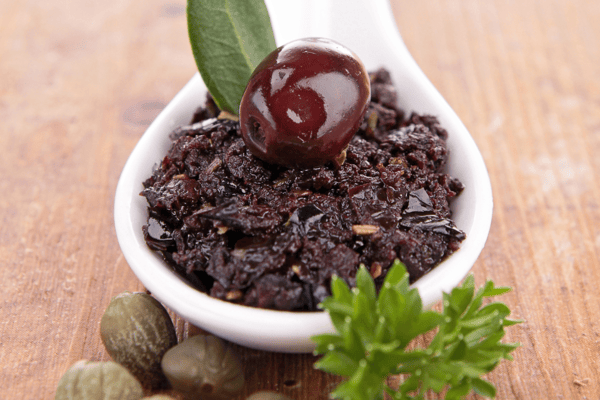
Tapenade
Scroll down for a printable version of this recipe
Yield: 2 cups
Active time: 10 minutes
Start to finish: 10 minutes
1 large clove garlic, minced
1 lemon, zested
2 tablespoons capers, rough chopped
4 anchovies, minced
1 shallot, minced
1 tablespoon fresh parsley, rough chopped
2 tablespoons pinenuts, toasted
1 tablespoon vinegar of choice
2 tablespoons extra virgin olive oil
2 cups assorted green and/or black olives, pitted and finely chopped
Freshly ground black pepper to taste
- Place all ingredients for tapenade in a bowl and stir well. Season with pepper to taste.
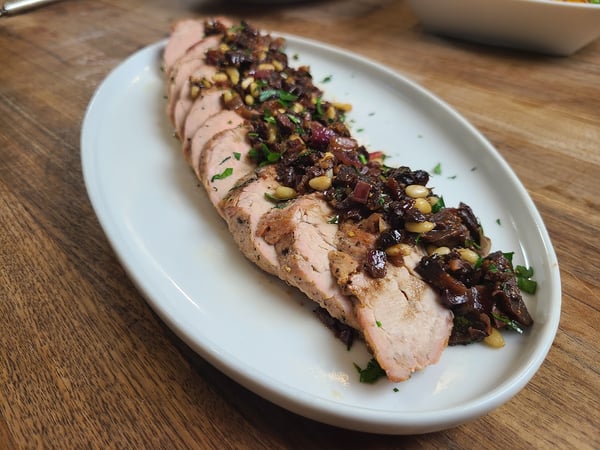
We use olives in numerous recipes at The Chopping Block. One of my favorites is the olive-stuffed pork loin we do in Culinary Boot Camp. We also make a special tapenade in Culinary Boot Camp 2!
So, are you team love ‘em, or leave ‘em? Maybe you just haven’t found the right olive for you but luckily there are over 200 varieties to keep trying. We all have that one food that we just don’t like. I will admit mine is cottage cheese! I have tried to like it but would love to hear what other foods you may not enjoy, maybe I can try to change your mind with the right recipe. Let me know in the comments!
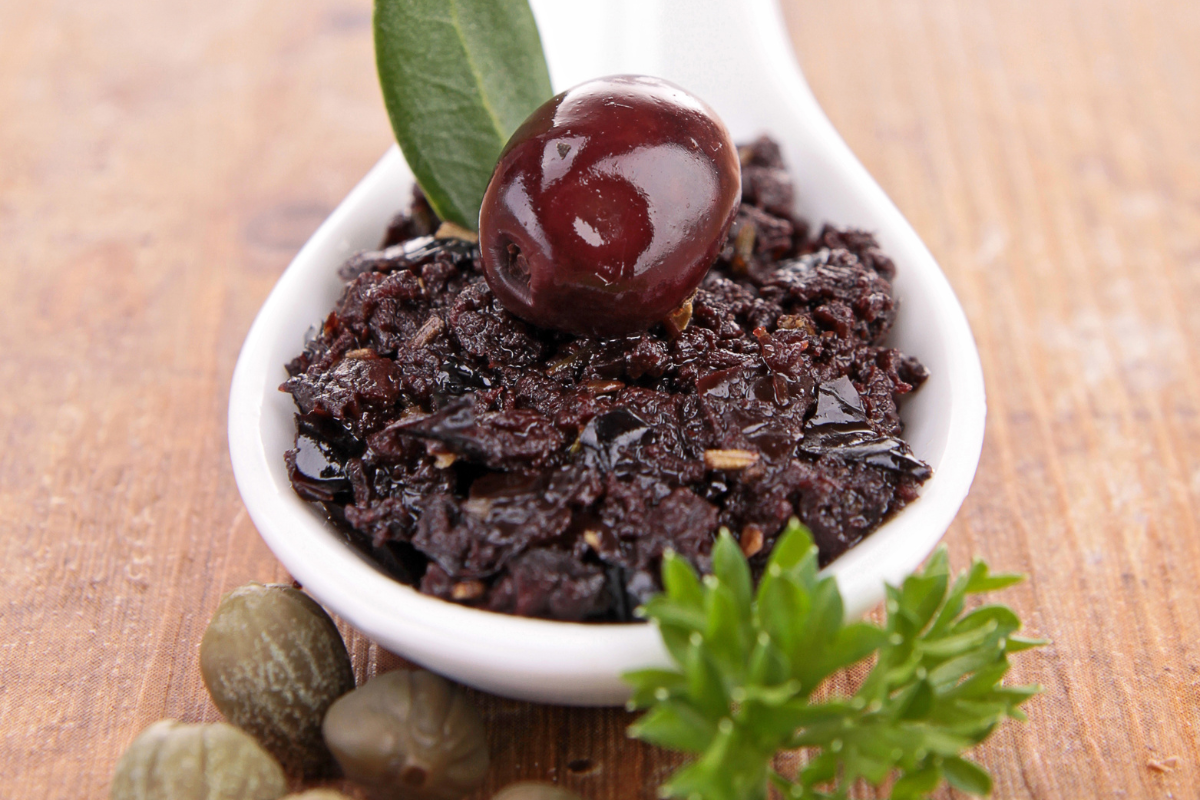
Tapenade
Ingredients
- 1 large clove garlic, minced
- 1 lemon, zested
- 2 tablespoons capers, rough chopped
- 4 anchovies, minced
- 1 shallot, minced
- 1 tablespoon fresh parsley, rough chopped
- 2 tablespoons pinenuts, toasted
- 1 tablespoon vinegar of choice
- 2 tablespoons extra virgin olive oil
- 2 cups assorted green and/or black olives, pitted and finely chopped
- Freshly ground black pepper to taste
Instructions
- Place all ingredients for tapenade in a bowl and stir well. Season with pepper to taste.

